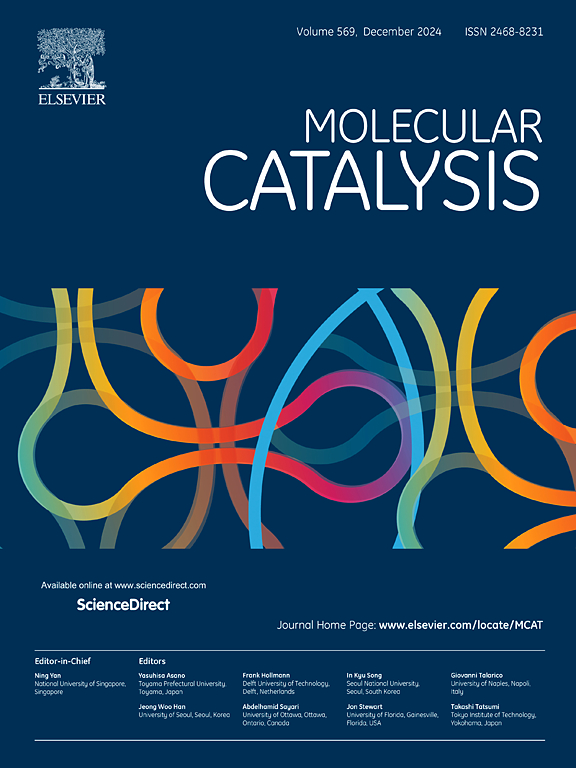Mining and engineering of pyrroline-5-carboxylate reductase for biocatalytic production of l-pipecolic acid with self-sufficient cofactor recycling
IF 3.9
2区 化学
Q2 CHEMISTRY, PHYSICAL
引用次数: 0
Abstract
l-pipecolic acid (l-PA) is an essential chiral intermediate for local anesthetics and macrolide antibiotics. To achieve more stable and cost-effective biosynthesis of l-PA from l-lysine (l-Lys), a cascade enzymatic pathway with self-sufficient cofactor recycling was developed, incorporating lysine-6-dehydrogenase (LysDH) and pyrroline-5-carboxylate reductase (P5CR). To overcome bottlenecks in the pathway, Ec-P5CR from Enterococcus casseliflavus was identified as a promising biocatalyst for enhancing l-PA production. For further improvement of l-PA yield, protein engineering was performed on Ec-P5CR. The resulting variant K261W, combined with Rp-LysDH from Rhodobacter pomeroyi DSS-3, achieved significantly enhanced yield of 93 % at 100 mM l-Lys, as well as an impressive yield of 83 % at 500 mM l-Lys. MD simulations revealed that improved hydride transfer efficiency was mainly responsible for the enhanced performance of K261W, leading to shorter distances between catalytic residues and substrates. This work paves the way for efficient and sustainable l-PA synthesis, showcasing the potential of enzyme optimization in industrial applications.

求助全文
约1分钟内获得全文
求助全文
来源期刊

Molecular Catalysis
Chemical Engineering-Process Chemistry and Technology
CiteScore
6.90
自引率
10.90%
发文量
700
审稿时长
40 days
期刊介绍:
Molecular Catalysis publishes full papers that are original, rigorous, and scholarly contributions examining the molecular and atomic aspects of catalytic activation and reaction mechanisms. The fields covered are:
Heterogeneous catalysis including immobilized molecular catalysts
Homogeneous catalysis including organocatalysis, organometallic catalysis and biocatalysis
Photo- and electrochemistry
Theoretical aspects of catalysis analyzed by computational methods
 求助内容:
求助内容: 应助结果提醒方式:
应助结果提醒方式:


